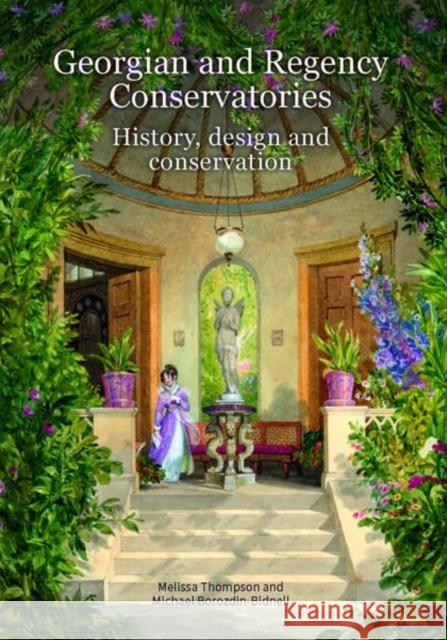Georgian and Regency Conservatories: History, Design and Conservation » książka
Georgian and Regency Conservatories: History, Design and Conservation
ISBN-13: 9781848022829 / Angielski / Miękka / 2019 / 143 str.
Georgian and Regency Conservatories: History, Design and Conservation
ISBN-13: 9781848022829 / Angielski / Miękka / 2019 / 143 str.
(netto: 131,76 VAT: 5%)
Najniższa cena z 30 dni: 137,21
ok. 30 dni roboczych
Bez gwarancji dostawy przed świętami
Darmowa dostawa!
Conservatories emerged in the early 19th century as a result of an increased interest in horticulture as well as developments in glass and iron manufacture, and in methods of heating. These technical innovations led to a new type of glasshouse with greater levels of light and more efficiently regulated heat, rendering them more equipped to house permanent displays of plants and flowers. Conservatories thus became a more agreeable place in which to spend time and so they began to be attached to the house in order to be used as a social space. Drawing on contemporary architects' plans, horticultural publications, diaries and memoirs, this book shows how and why conservatories emerged in the form they did, and explores what they were like inside and how they were used by their owners. The second part of the book focuses on how various elements of conservatories may be conserved. This section examines the ways in which the materials and components of these often forgotten, but nonetheless architecturally and culturally significant structures, have deteriorated, as well as the various methods and approaches used in their conservation. Divided into five sections, specific case studies highlight practical approaches to the conservation and repair of metalwork, glazing, woodwork and surface coatings, as well as the importance of recording and storage. This study will offer practical guidance for practitioners, architects, owners, and those involved in the heritage industry.











